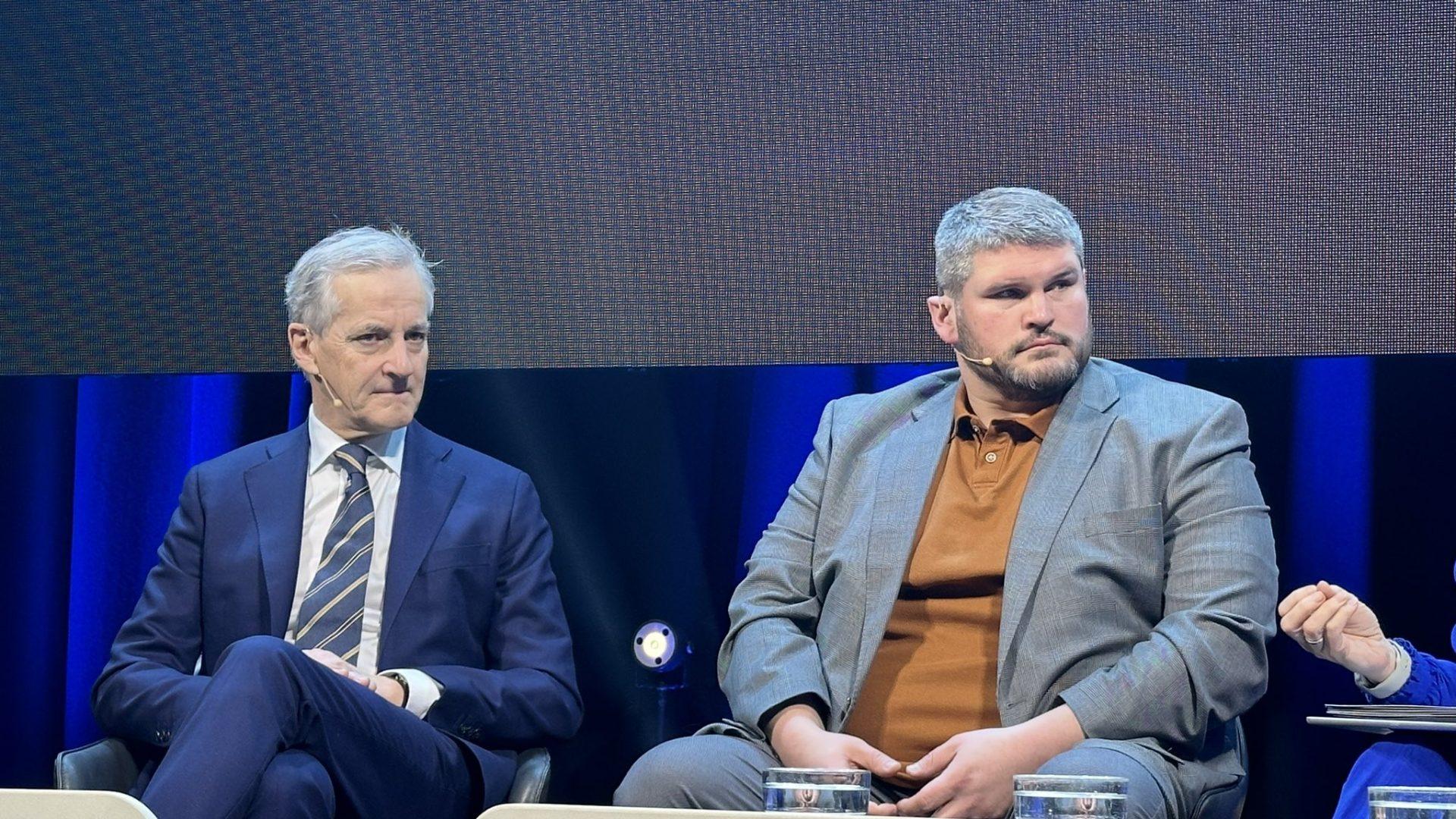The city of Tromsø, Norway, north of the Arctic Circle, is known as one of the best places in the world to see the northern lights.
For John Desjarlais, it was also a place to share lessons from the growing leadership of Indigenous communities in Canadian resource development projects.
In late January, Desjarlais – executive director of the Indigenous Resource Network – attended the Arctic Frontiers Conference in Tromsø, speaking on a panel with leaders including Norwegian prime minister Jonas Gahr Støre.
“Sharing some of the examples across borders is important. It reflects Indigenous peoples’ values on kinship and reciprocity,” says Desjarlais, a professional engineer and member of the Nehinaw Cree Métis community.
Indigenous people around the world including the Sami in northern Norway face similar socio-economic challenges to Indigenous communities in Canada, Desjarlais says.
“They want to develop on their own terms. We want to share those tips on how we all move forward,” he says.
“It is good business to partner with Indigenous partners. We’re starting to recognize not only the social value of reconciliation but also the business value. I think that’s happening much more quickly and progressively in Canada and that is being noted by our international allies.”
From liquefied natural gas (LNG) export terminals to oil and gas pipelines, natural gas-fired power plants and carbon capture and storage (CCS) projects to reduce emissions, more Indigenous communities in Canada are taking on a leadership role.
Since 2022, more than 75 First Nations and Métis communities in Alberta and British Columbia have agreed to ownership stakes in energy projects including the Coastal GasLink pipeline and major oil sands transportation networks.
“Those communities are moving forward in leaps and bounds in terms of their social impact,” Desjarlais says.
Each community can take their own approach to how invest the funds from their participation in resource projects, according to Justin Bourque, president of Athabasca Indigenous Investments.
The company represents 23 Indigenous communities in Alberta that became approximately 12 per cent owners of Enbridge oil sands pipelines in 2022.
“The different partners have done what works for their particular community and circumstance,” Bourque told CEC following the one-year anniversary of the deal.
“[Some] have used the funds disbursed to them to pay for more teachers or educational opportunities and building out their social infrastructure in their communities. One community is building a strategy around improving the quality of life for the elderly. Others have used the money to acquire lands or build infrastructure for their communities.”
Desjarlais says it is important to share these stories with Canada’s global partners.
“We don’t feed just national markets, we feed international markets. It’s important to showcase how we do things; that there is some best practice that is happening here, that we deliver responsible resource development,” he says.
“We are in a lot of different places to inspire that confidence that we can develop at the speed and the rate that the world needs and in line with sustainability.”
The unaltered reproduction of this content is free of charge with attribution to Canadian Energy Centre Ltd.
